
Hidden Springs State Forest (HSSF) features rolling, uneven woodland ridges to relatively flat forested tracts along Richland Creek. The past land uses, including grazing, poorly planned logging and firewood cutting, have given rise to the current woodland species composition.
Under the partnership effort between the Illinois Department of Natural Resources (IDNR) and National Wild Turkey Federation (NWTF) to implement tasks identified in the Illinois Wildlife Action Plan Forest and Woodland Campaign, management areas were identified, and the site separated into sub-units defined by differing management objectives. Some tracts were in relatively good shape, only needing the removal of shade-tolerant tree species while other tracts needed considerably more management.
Open woodland restoration at HSSF has been a three-step process. The first step was removal and treatment of exotic woody vegetation. At HSSF, 99 percent of the exotic shrub problem was bush honeysuckle (Lonicera spp.). The second step was thinning the shade-tolerant, non-oak/hickory trees, cutting the smallest to largest to reduce competition with the desired oaks and hickories, and increase light to the forest floor encouraging the desired herbaceous response. The final step has been prescribed burning to reduce the woody vegetation from resprouting and further stimulate the desired herbaceous response preferred by a variety of wildlife species.

The early assessment of herbaceous species has shown a good initial response. Pennsylvania sedge (Carex pennsylvania), doll’s eyes (Actaea pachypoda), bottlebrush grass (Elymus hystrix) and small oaks are now appearing where only spring ephemerals once grew. This diversity of ground layer vegetation has many positive influences, including attracting insects which serve as a critical source of protein for many species of birds and herptiles, providing cover and increasing the diversity of seeds, fruit and forage.
Most biologists will point out that the structure of native herbaceous vegetation is as important to wildlife as the variety of seasonally available foods they provide. Native vegetation tends to be clumpy, with bare ground between plants that makes it easier for wildlife to move throughout a stand. Most of the early successional vegetation that turkeys and other ground-nesting birds seek typically is found in open areas (pastures, hay fields, crop fields) because most forested land is overstocked and has no herbaceous vegetation. In most cases, these areas are dominated by exotic, sod-forming grasses, such as fescue and brome.
Thick vegetative structure often forces turkey hens to nest too close to woodland edges where they can get wet, and become easy targets for scent-hunting predators, equating to poor nesting success. Dense, wet vegetation at a time when the poults are too large for the brood to shelter under the hen also exacerbates the problem of poor nesting success by negatively impacting poult survival. Wet poults also attract unwanted attention, and they can die directly of exposure. Therefore, providing the vegetative structure typical of an open woodland can offset the potentially devastating impacts of unfavorable weather.

Although the NWTF’s focus is on providing superior turkey habitat, their efforts also benefit compromised bird species, such as whip-poor-wills (Caprimulgus carolinensis) and red-headed woodpeckers (Melanerpes erythrocephalus), that favor these exact same structural restorations. A flush of non-native garlic mustard (Alliaria officalis) did occur in some spots within HSSF, but properly timed spring burns will bring those invasives to a manageable level. Too much blackberry (Rubus spp.) and pokeweed (Phytolacca americana) can be an indicator that the reduced canopy might have been slightly too aggressive. In time, fire will fix that, too.
Photo stations have been established to record vegetative structure changes over time.
Beauty is often in the eye of the beholder, and when it comes to timber thinning, the initial visual impact can be disturbing to forest visitors who may have trouble “seeing the forest (or woodland) for the trees” (on the ground or standing dead). To alleviate visitor concerns, a sign at the trail head explained the project, showing a “before and after” picture of a successful project at another site.

Monitoring will take place over the next 10 years to assess how wildlife respond to open woodland management practices, and those related to a timber harvest scheduled to occur on 72 acres, too determine if Hidden Springs State Forest lives up to the potential terrestrial managers hold for it.
Early indications show signs of open woodland type vegetation reclaiming recently shaded areas. Although exotic invaders, such as bush honeysuckle and garlic mustard, will always have a presence, managers are confident numbers can be held to low levels with frequent, properly timed prescribed fires.
On a statewide scale, the next 10 years also will tell whether open woodland management is the management of the future, or if the mesophication of oak-dominated communities continues.
The clock is ticking. The longer land managers wait, the harder it will be to restore a once-dominant plant community to the Illinois wilds. The National Wild Turkey Federation will continue to work with IDNR and other partners to continue this type of work on other state, federal and private lands throughout Illinois.
Doug Brown is an Illinois Department of Natural Resources District Wildlife Biologist based in east-central Illinois.






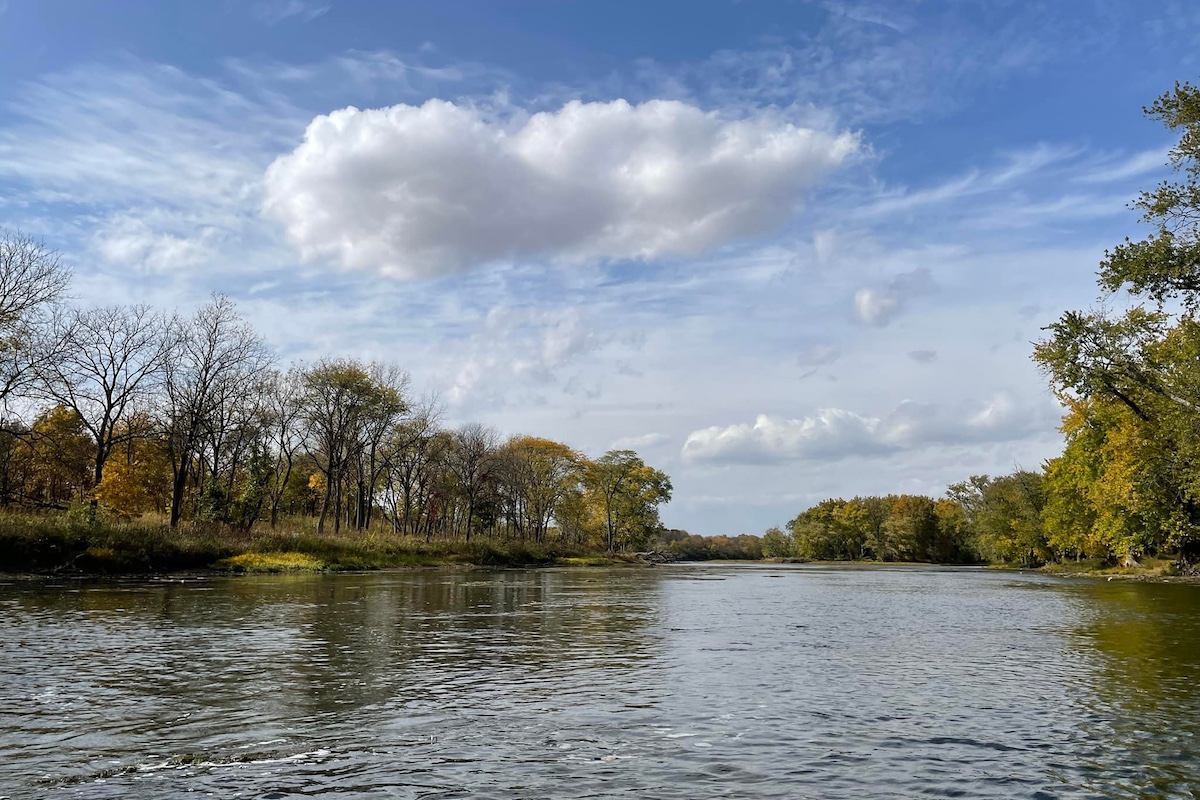
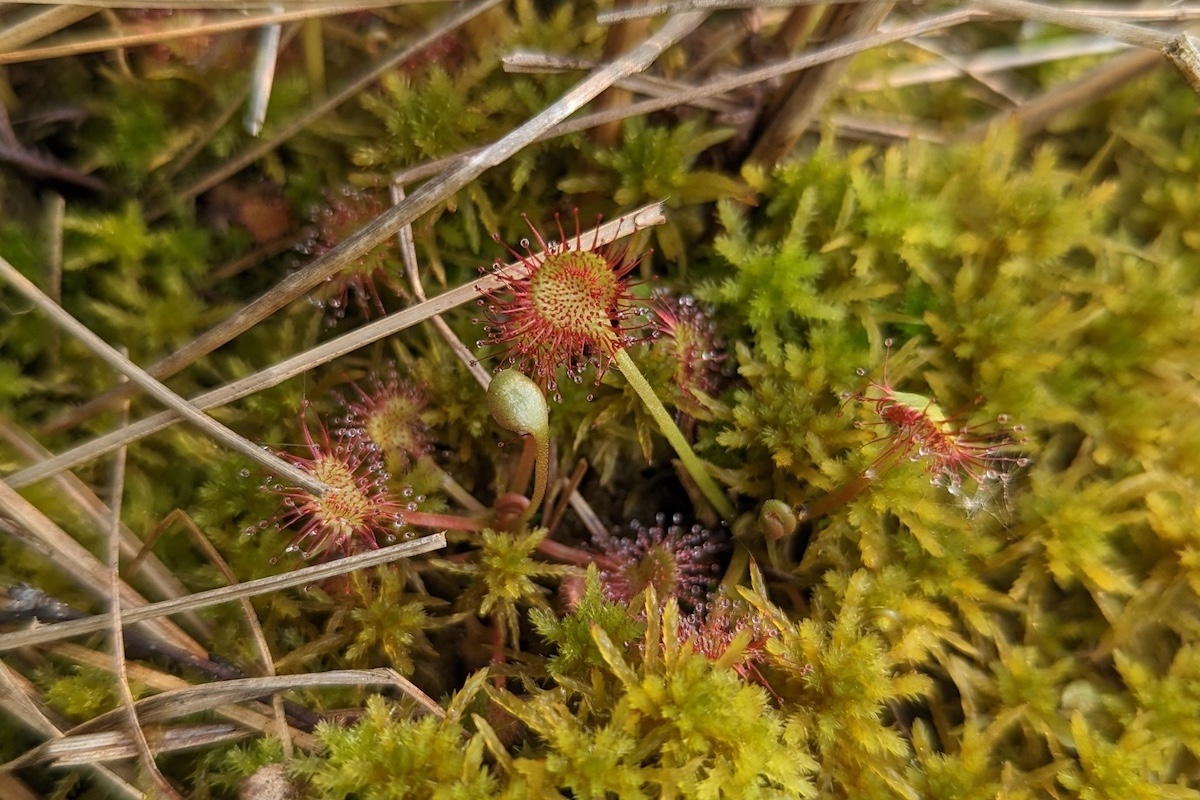
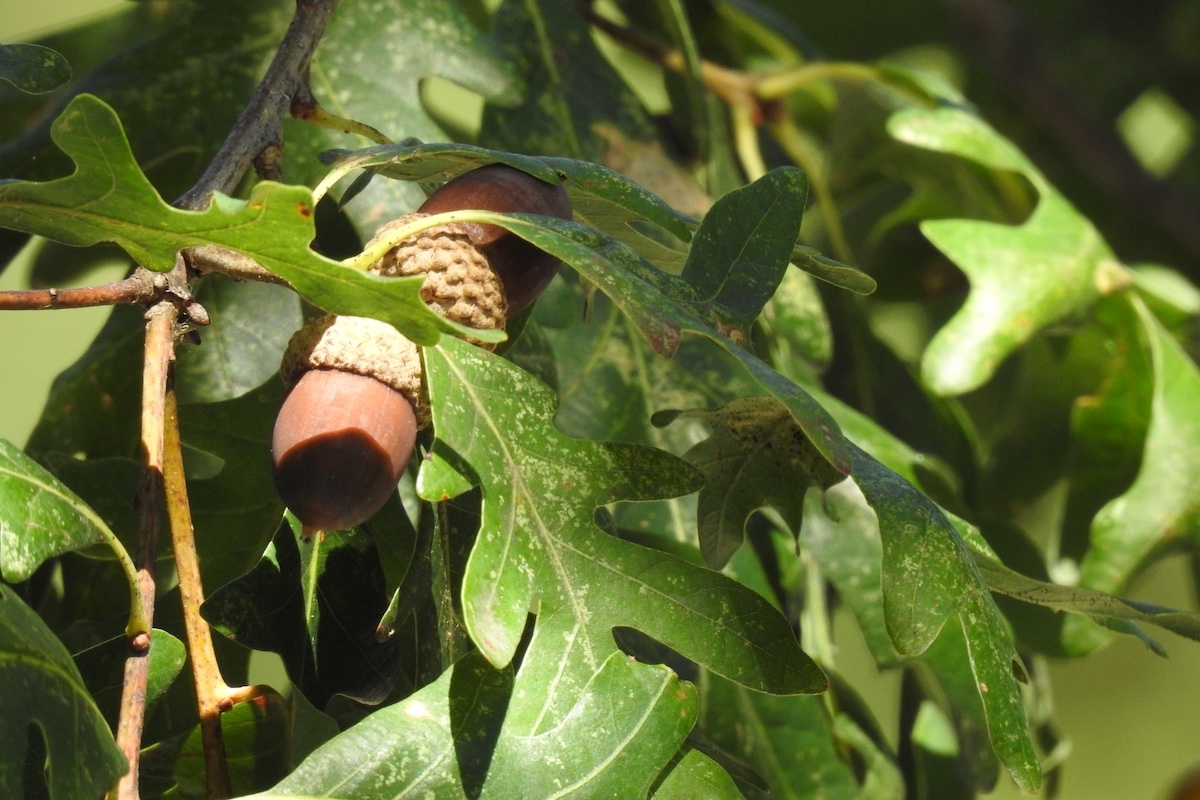


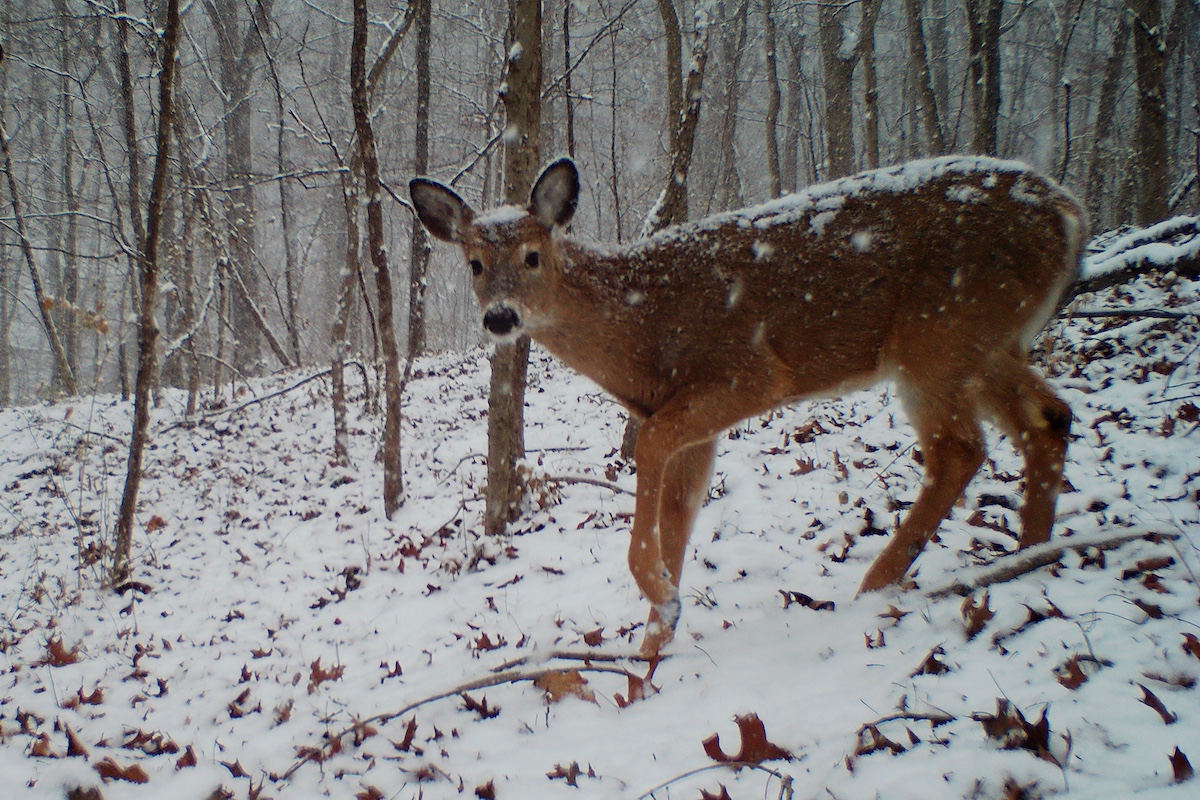
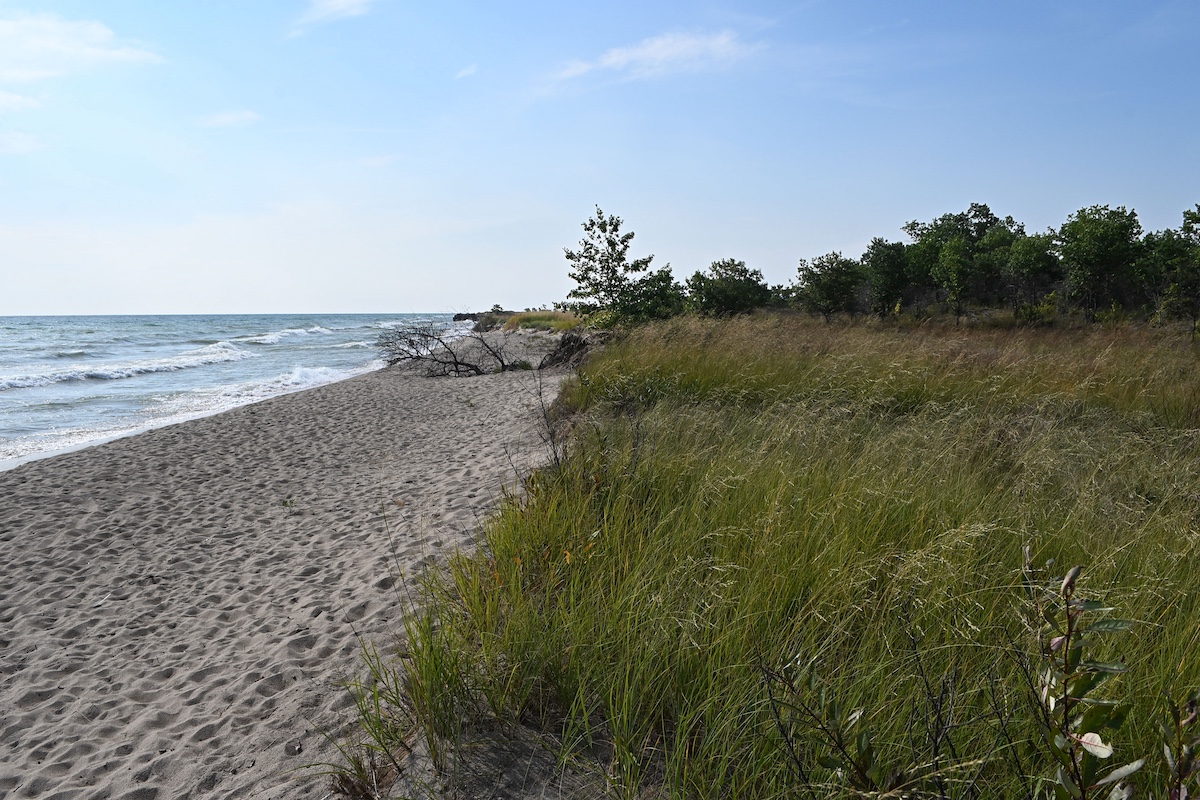
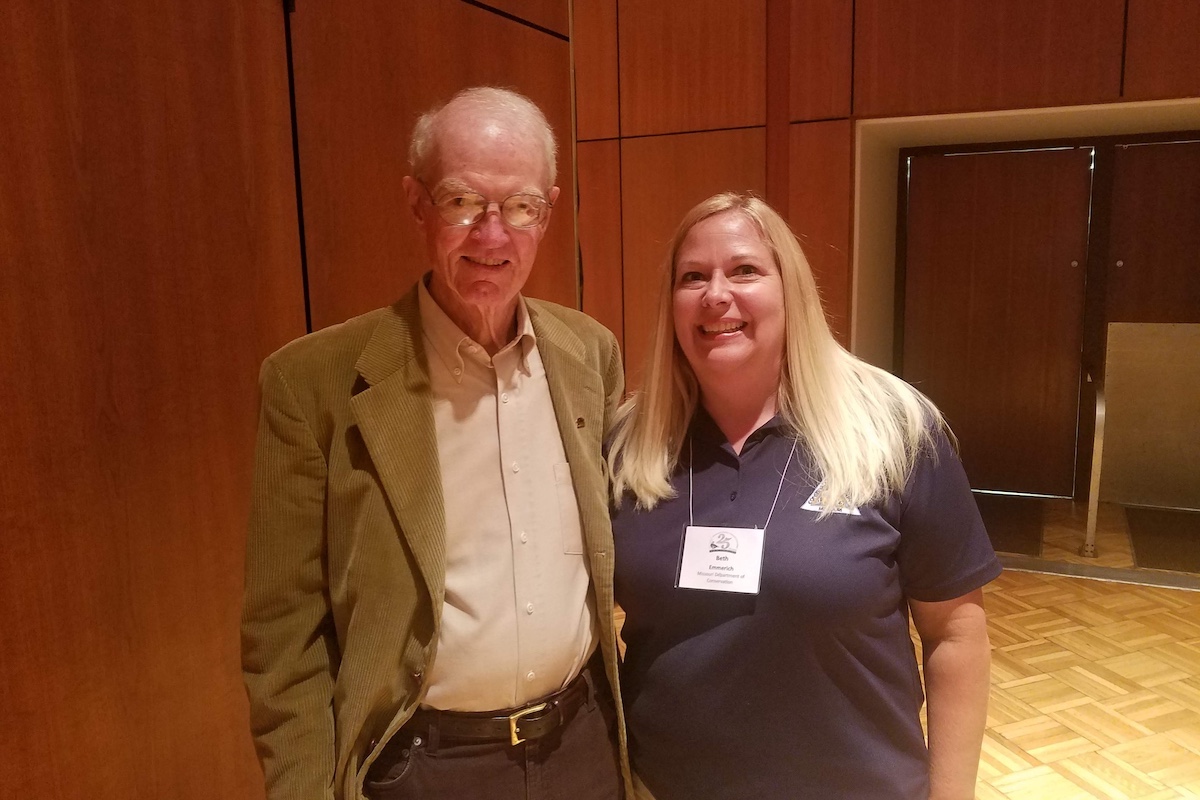
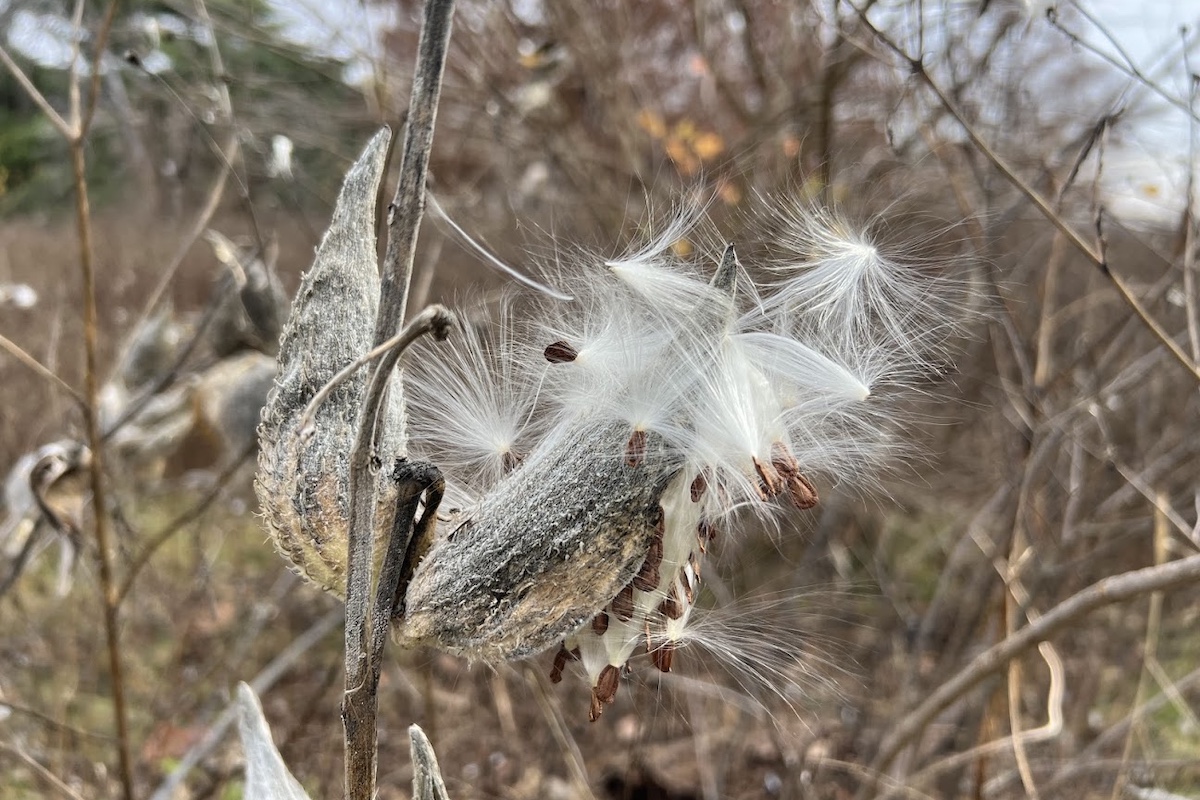
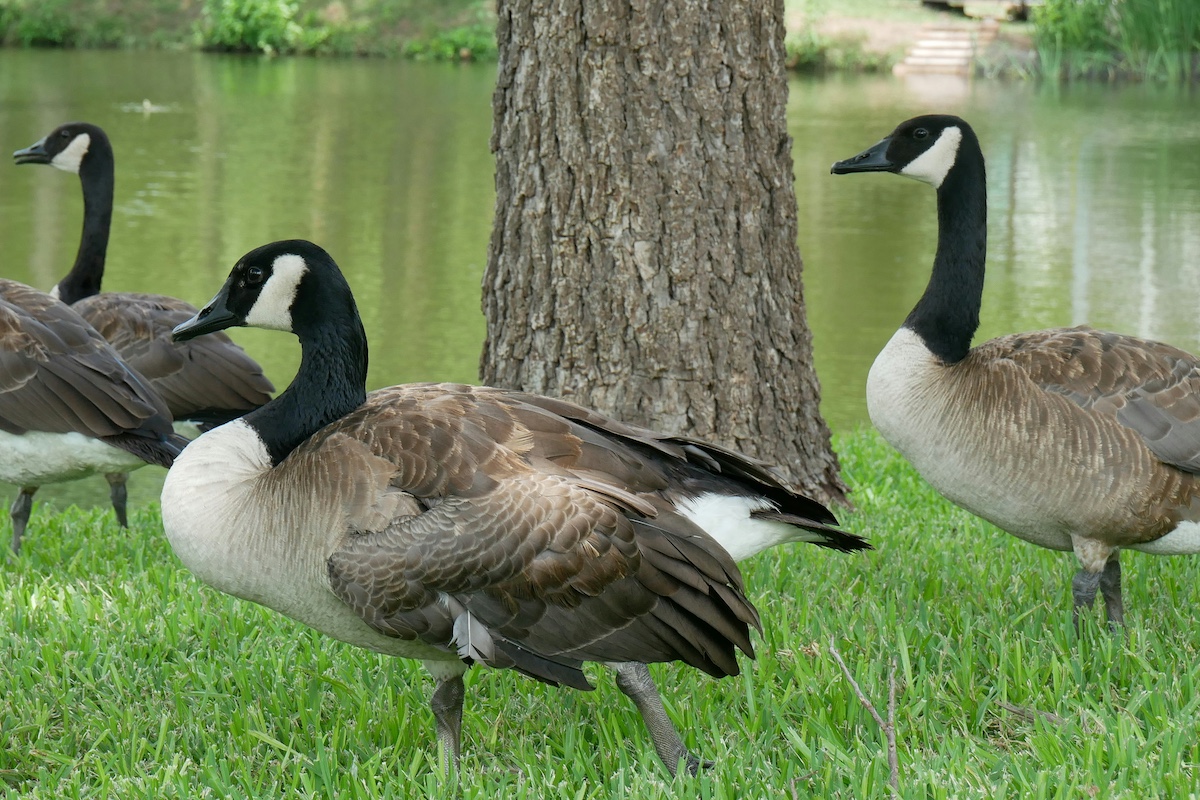
Submit a question for the author